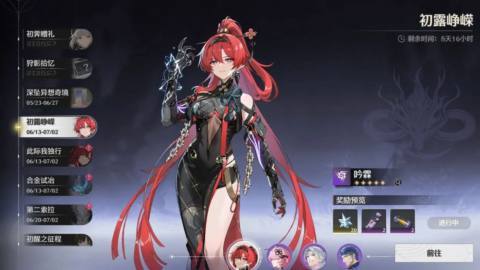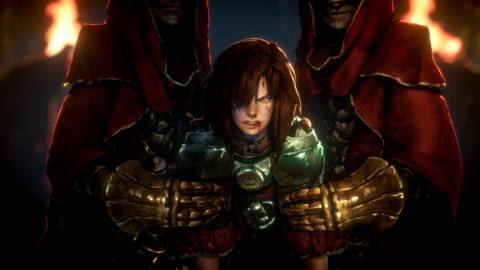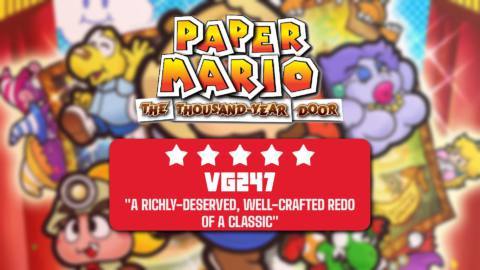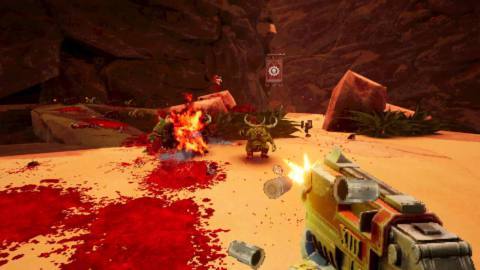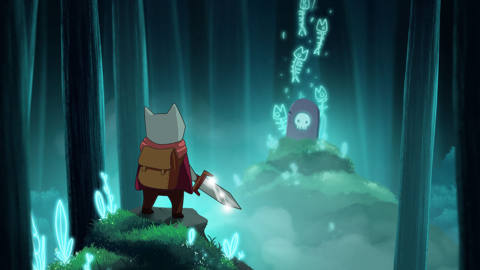
There’s a supermarket chain here in Europe called Lidl, and if you don’t know what to expect when you enter, it’s baffling. One of the strangest places on earth for the unprepared. The shelves are lined with goods that are almost what you get in other supermarkets – almost. The branding is slightly askew, the brand-famous colours slightly off; the cola is a bit more burgundy, the chocolate a more muted shade of purple. The Oreos are called Neos, for some reason. It’s like wandering into a peculiar – significantly cheaper – otherworld.
That’s what Islets is to Hollow Knight. It’s the off-brand, cheaply-made budget version of everyone’s favourite premium Metroidvania. You can tell exactly what it’s going for – the combat, the aesthetic, the level design, the enemies, and even the graves of the humongous creatures that came before… they’re all there, and intact. But instead of that painterly style Team Cherry has injected into the doomed undergrowth of Hollow knight, you’ve got this Flash game aesthetic. Instead of a rich, sweeping soundscape, you’ve got a hodgepodge collection of sound effects and some much more simplistic music.
But none of that is bad. In fact, the simplicity of it all – this decidedly off-brand feel – works in the game’s favour. It means you don’t get too distracted from the cool mechanics, from the simple-but-effective combat, from the tight platforming. Everything on-screen is readable, simple to parse: the cracks at the end of this map? That’s a secret, for sure. The big pink glowing skeleton circling this block? That’ll hurt you if you touch it. This rotating red circle in the middle of your airship? Well, that’ll be your hitbox.

